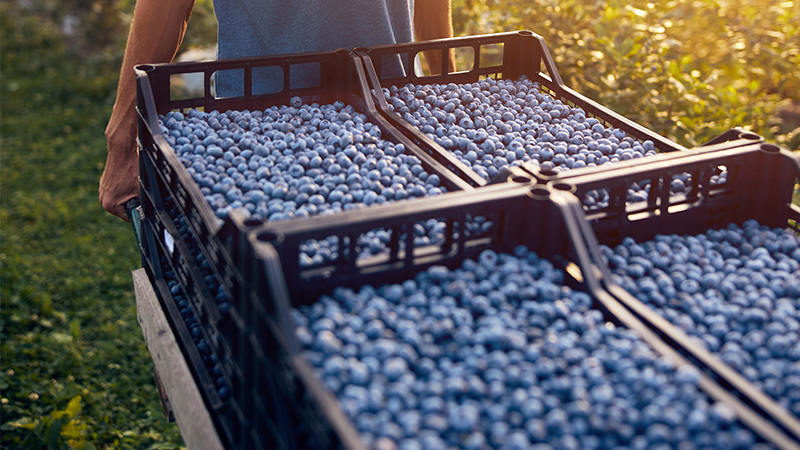California’s Walnut Acreage Continues To Grow
California’s 2013 walnut acreage is estimated at 325,000 acres, up 8% from 2011. Of the total acreage, 280,000 were bearing and 45,000 were non-bearing.
Of the walnut acreage reported, Chandler continues as the leading variety with 91,185 bearing acres, followed by Hartley with 34,948 bearing acres. Chandler also accounted for 66% of the non-bearing acreage.
San Joaquin County continues to show the largest acreage planted with 14% of the total, followed by Butte with 13%, and Tulare with 10% each.
The Pacific Regional Office-California of the USDA’s National Agricultural Statistics Service (NASS) conducts an annual acreage survey of California walnut growers. The purpose of this survey is to provide walnut acreage information on new plantings and removals. It is a continuation of a long series of industry-funded walnut acreage surveys.
This report consists of two parts:
■ Estimated walnut acreage — bearing, non-bearing, and total.
■ Detailed data by variety, year planted, and county — as voluntarily reported by walnut growers and maintained in the NASS database.
With perfect information, the estimated walnut acreage and the detailed data would be the same. However, differences exist for the following reasons:
■ A voluntary survey of approximately 5,200 walnut growers is unlikely to ever attain 100% completeness.
■ It is difficult for USDA, NASS to detect growers that are planting walnuts for the first time.
■ The detailed data reflects tree removals from nearly 4,300 acres during the past two years. Of this number, some acreage was harvested in 2013 prior to being pulled out, and that acreage has already been removed from the detailed data.
The major source of the walnut detailed data was a questionnaire mailed to all walnut growers included in the NASS database. The mailing was made to approximately 5,200 walnut growers in early November. The questionnaire contained previously reported crop, variety, and acreage information preprinted. Producers were asked to update the information with new plantings, removals, and any other corrections; new growers were mailed a blank questionnaire. Growers were given six weeks to respond by mail. A telephone follow-up was then undertaken. Field personnel personally visited large growers who did not respond by mail or telephone.
Source: Pacific Regional Office-California of the USDA’s National Agricultural Statistics Service (NASS)










